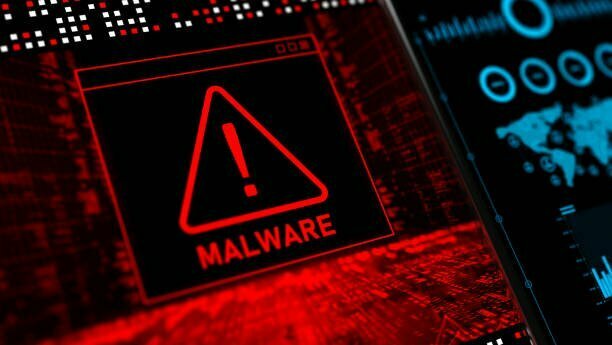Welcome to the Watchdog Cybersecurity blog! We understand that cyber security is a complex and ever-changing field, and it can be challenging to keep up with all the latest developments. That’s why we’re here to help! Today, we’re taking a closer look at one of the most common threats to online security: malware. So, let’s dive in and learn more about this malicious threat and how to protect yourself.
What is malware?
Malware is malicious software that can cause damage to your computer, steal your personal information, or even hijack your computer.
Malware, short for malicious software, is any type of software designed to harm or disrupt a computer system. It can come in many forms, such as viruses, worms, Trojans, ransomware, and spyware. Malware is often used to gain access to a computer or network without the user’s knowledge or permission. It can also be used to steal private information, such as passwords, credit card numbers, and other sensitive data.
Malware can come in many different forms. Some of the most common types of malware include:
Viruses are the most common type of malware. They spread from one computer to another by attaching themselves to files or programs. Once installed, a virus can replicate itself, spread to other computers, and cause damage.
Worms are similar to viruses, but they don’t need to attach themselves to a file or program. Instead, they spread by exploiting security flaws in a computer’s operating system.
Trojans are malicious programs disguised as legitimate software. They can be used to steal data, install other malware, or even take control of a computer.
Ransomware is a type of malware that encrypts a user’s files and then demands a ransom to decrypt them. It’s a particularly dangerous type of malware because it can cause permanent data loss if the ransom isn’t paid.
Spyware is a type of malware that is used to monitor a user’s activity without their knowledge. It can be used to track a user’s browsing habits, log keystrokes, and even take screenshots of a user’s desktop.
Malware can be extremely dangerous, so it’s essential to take steps to protect yourself from it. Make sure you have up-to-date antivirus software installed on your computer and avoid clicking on suspicious links or downloading files from untrusted sources. If you suspect that your computer has been infected with malware, don’t hesitate to contact a computer security expert for help.
How to protect yourself from malware?
It is important to be aware of the risks associated with malware and to take steps to protect yourself. This includes using strong passwords, avoiding suspicious emails, and installing anti-malware software. If you think your computer has been infected with malware, it is important to take action immediately. This includes running a full system scan with an up-to-date anti-malware program and removing any malicious files that are found. We hope this blog post has helped you understand what malware is and how to protect yourself from it. Stay safe out there!



